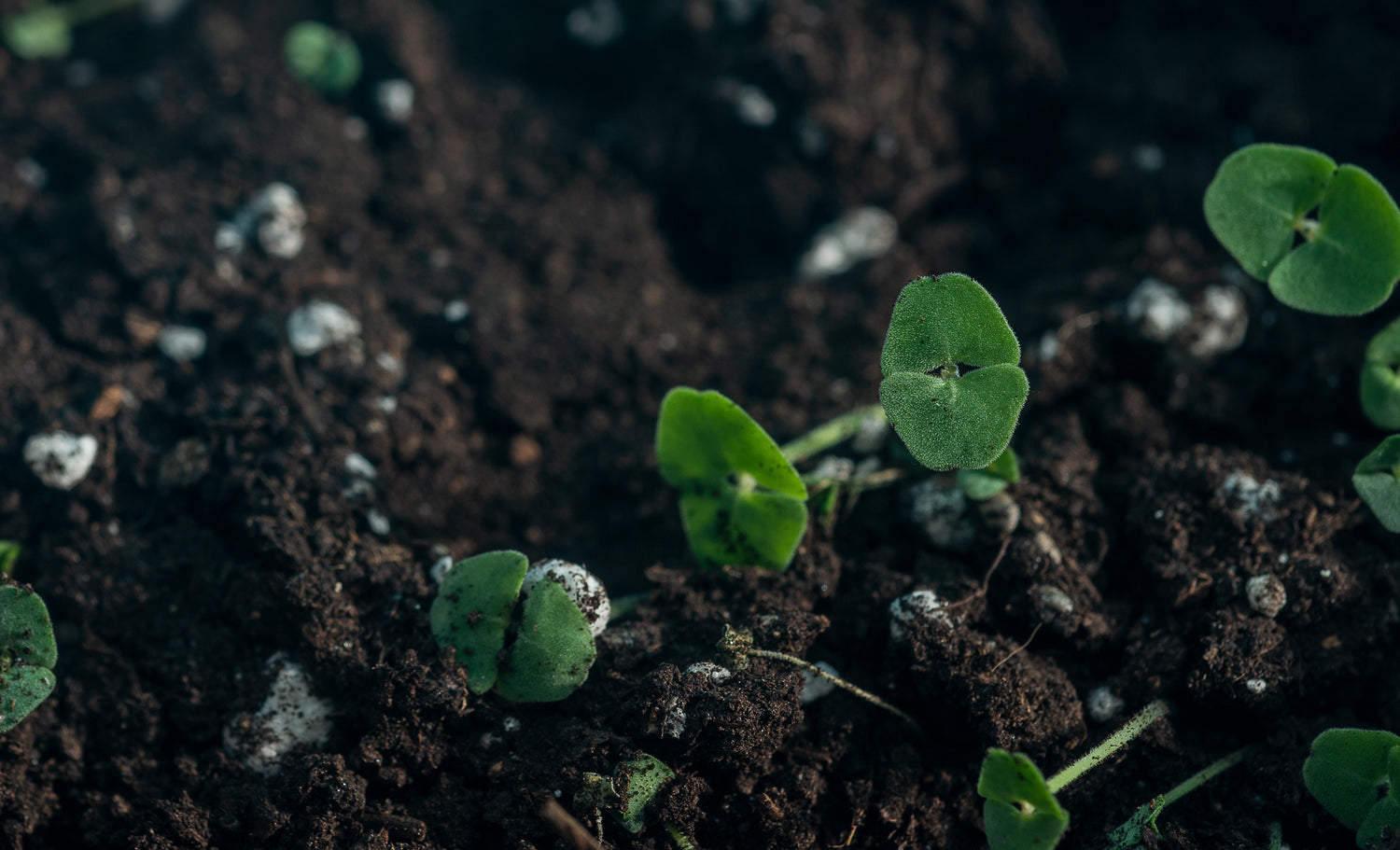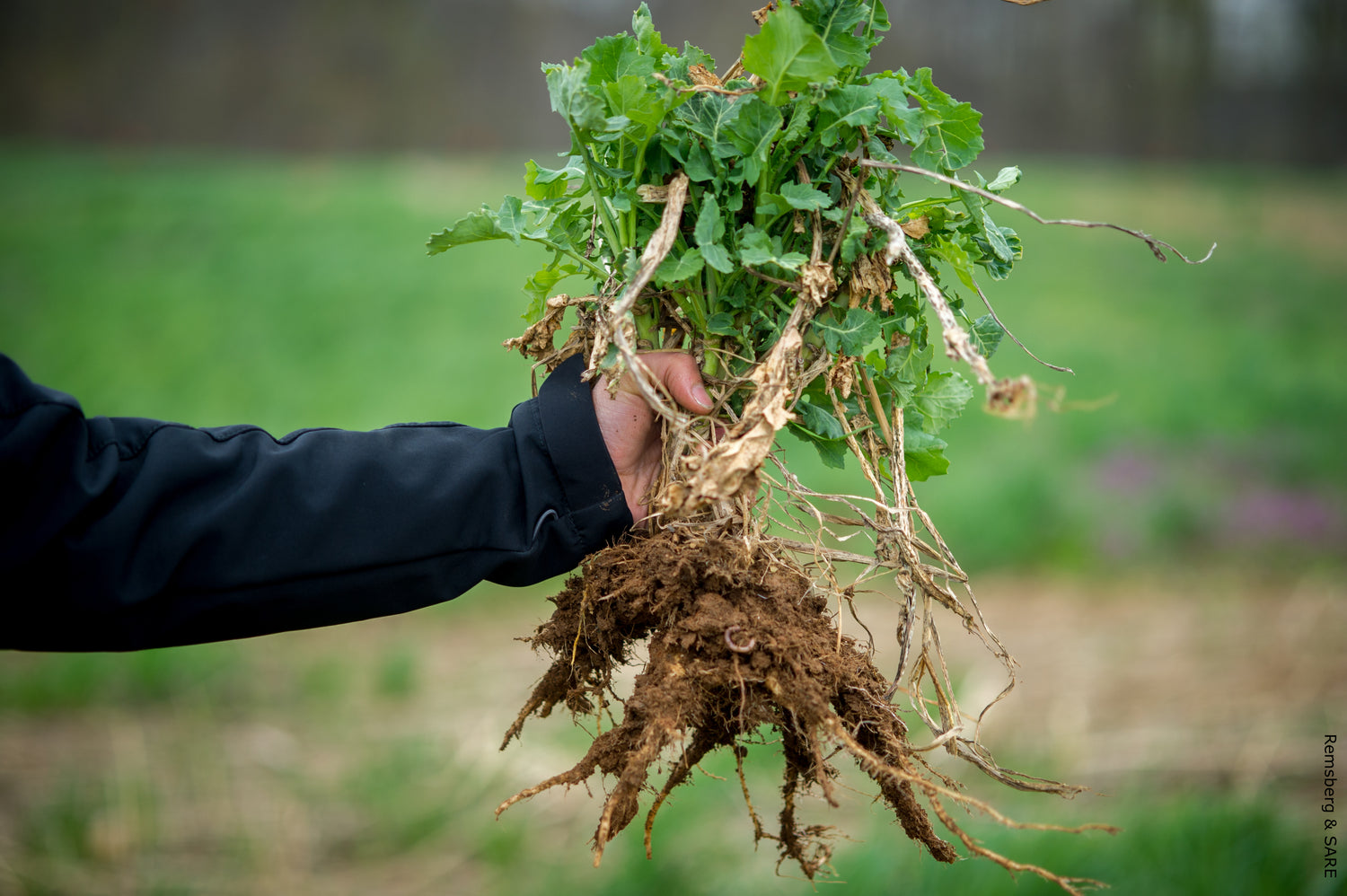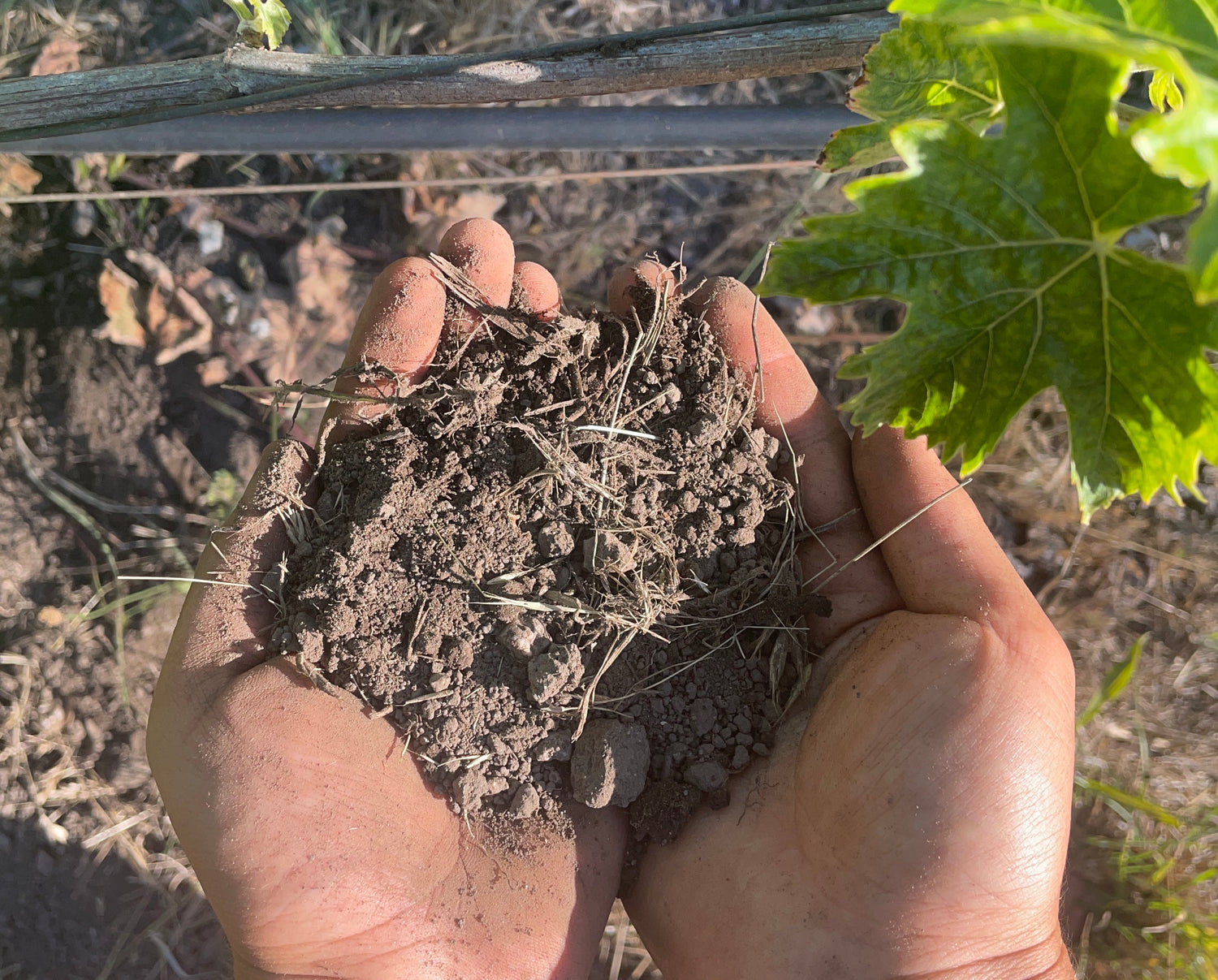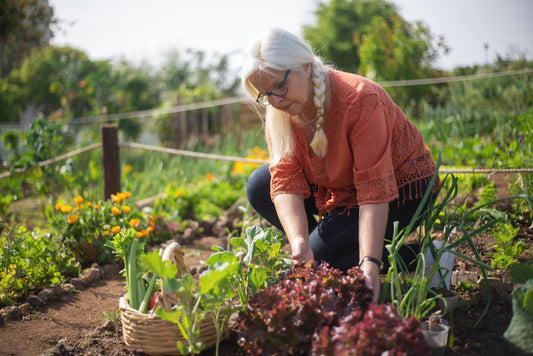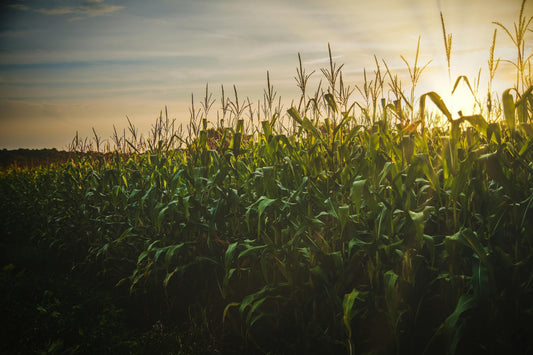Santa Barbara's Mediterranean climate and varied topography create a mosaic of soil types that shape its agriculture, ecosystems, and urban development, requiring specialized management approaches for coastal salinity, urban contamination, and water-efficient landscaping compliance.
Complete Guide to Santa Barbara Soil Types: 2025 Mediterranean Climate Agriculture and Landscaping
Santa Barbara County features seven distinct soil types influenced by coastal, valley, and foothill landscapes: sandy coastal soils, nutrient-rich alluvial deposits, moisture-retaining clay soils, balanced silty soils, variable foothill soils, modified urban soils, and fertile volcanic soils, each requiring specific management for Mediterranean climate conditions.
Santa Barbara's Mediterranean climate and varied topography create a mosaic of soil types that shape its agriculture, ecosystems, and urban development. From coastal sands to fertile valley loams, these soils influence everything from vineyard yields to urban green spaces, requiring careful management to ensure sustainable land use under regulations like the Model Water Efficient Landscape Ordinance (MWELO).
USDA Soil Survey Framework
The USDA Natural Resources Conservation Service provides comprehensive soil survey information for Santa Barbara County through the Web Soil Survey system. This database contains detailed soil data, maps, and information collected by the National Cooperative Soil Survey, providing essential information for more than 95% of counties within the United States.
Santa Barbara County's SSURGO (Soil Survey Geographic Database) identifies multiple soil series, each with distinct characteristics affecting land use decisions for agriculture, urban planning, and environmental management.
Primary Soil Types and Characteristics
Coastal Soils: Sandy Maritime Systems
Coastal soils are characterized by sandy texture, excellent drainage, and low water and nutrient retention due to large particle sizes and Pacific Ocean influence. These soils are prevalent in coastal zones like Goleta Beach and Carpinteria, where they support specialized coastal ecosystems.
Applications include supporting drought-tolerant coastal plants such as sea lavender and dune grasses, while stabilizing beach ecosystems and providing critical habitat for coastal wildlife. The sandy nature allows for rapid drainage but requires careful management to prevent nutrient leaching.
Management challenges include nutrient leaching and saltwater intrusion from ocean proximity. Effective strategies include drip irrigation systems, selection of salt-tolerant plant species, and organic matter additions to improve water and nutrient retention capacity.
Alluvial Soils: Agricultural Foundation
Alluvial soils are nutrient-rich with high organic matter content, formed by sediment deposits from rivers and streams. These fertile soils are primarily found in valleys and flatlands, including the Santa Ynez and Santa Maria River areas, supporting Santa Barbara's agricultural heritage.
These soils are ideal for growing avocados, citrus, and wine grapes, forming the foundation of the region's renowned agricultural production. The balanced composition of sand, silt, and clay provides excellent growing conditions while maintaining good drainage and nutrient availability.
Flood risk management requires implementation of levees, cover crops, and erosion control measures. Sustainable practices include contour farming, cover cropping, and careful irrigation scheduling to maintain soil health and productivity.
Clay Soils: Water Management Systems
Clay soils feature fine particles with high water and nutrient retention capacity, though they are prone to compaction and drainage challenges. These soils are commonly found near creeks and rivers, such as in Montecito and Mission Canyon areas.
When properly managed, clay soils are suitable for landscaping with native plants like ceanothus and can support diverse vegetation. Their high nutrient-holding capacity makes them valuable for sustainable agriculture and native plant restoration projects.
Management requires addressing compaction during wet seasons through aeration techniques, gypsum applications, and organic matter additions. Proper drainage installation and traffic management help maintain soil structure and prevent waterlogging.
Silty Soils: Balanced Systems
Silty soils provide balanced water retention and drainage with fertile, fine texture characteristics. These versatile soils are scattered across Santa Barbara County, including areas in Lompoc and Santa Ynez Valley, supporting diverse agricultural and natural systems.
Applications include supporting crops like strawberries and natural vegetation such as oak woodlands. The balanced texture provides good growing conditions for both agricultural crops and native plant communities.
Erosion control on slopes remains the primary management challenge, addressed through cover cropping, mulching, and appropriate vegetation establishment to stabilize soil and prevent nutrient loss.
Foothill Soils: Diverse Mountain Systems
Foothill soils exhibit variable characteristics from rocky to loamy texture, generally well-drained and influenced by elevation and terrain variations. These soils are prevalent in the Santa Ynez Mountains and Los Padres National Forest areas.
These soils sustain chaparral and oak woodlands, supporting regional biodiversity and providing critical wildlife habitat. They play essential roles in watershed protection and carbon sequestration through natural vegetation communities.
Limited fertility and erosion control are primary management challenges, addressed through native plant establishment, mulching applications, and slope stabilization techniques that work with natural terrain characteristics.
Urban Soils: Human-Modified Systems
Urban soils are anthropogenic with variable characteristics, often compacted with low organic matter due to construction and development activities. These soils are prevalent in downtown Santa Barbara and other urbanized areas throughout the county.
Applications include urban gardens and green spaces with appropriate remediation and soil improvement techniques. These soils can support urban agriculture and landscaping when properly managed and amended.
Contamination risks including heavy metals require careful testing and assessment. Safe gardening practices may include raised bed construction, imported clean soil, and appropriate plant selection for urban conditions.
Volcanic Soils: Mineral-Rich Systems
Volcanic soils are mineral-rich and highly fertile, formed from ancient volcanic activity in the region. These soils are found near the Santa Ynez Mountains and parts of Gaviota, providing excellent growing conditions for specialized crops.
Applications include supporting agriculture such as wine grape production and native flora adapted to mineral-rich conditions. These soils often exhibit excellent water-holding capacity and nutrient availability.
Erosion management on slopes requires terracing, contour farming, and appropriate vegetation establishment to prevent soil loss while maintaining the natural fertility of these valuable soils.
Soil Management and MWELO Compliance
Water-Efficient Landscape Strategies
The Model Water Efficient Landscape Ordinance (MWELO) requires specific soil management practices for water conservation. Requirements include 4 cubic yards of compost per 1,000 square feet and a 3-inch mulch layer for landscapes over specified square footage thresholds.
Different soil types require tailored approaches: coastal soils benefit from drip irrigation and salt-tolerant plants, alluvial soils from cover crops and efficient irrigation, clay soils from aeration and drainage improvements, and all soil types from organic matter additions.
Soil Testing and Analysis
Comprehensive soil testing is essential for informed management decisions across all soil types. Testing should include pH analysis (targeting 6.0-7.5 range), nutrient assessment, and contamination screening, particularly important in urban and coastal areas.
UC Agriculture and Natural Resources provides soil testing laboratory listings and educational resources through their Cooperative Extension system. Professional testing services offer comprehensive analysis including pH, nutrients, organic matter, and potential contaminants.
Amendment and Improvement Strategies
Soil improvement strategies vary by soil type but generally include organic matter additions through compost or biochar to enhance fertility and water retention. pH adjustment may require lime for acidic foothill soils or sulfur for alkaline coastal conditions.
Nutrient management should be based on soil test results to avoid over-fertilization and environmental impacts. Targeted applications ensure efficient use of resources while maintaining soil health and plant productivity.
Conservation and Environmental Benefits
Ecosystem Services
Santa Barbara's diverse soils provide critical ecosystem services including biodiversity support through foothill and volcanic soils that sustain unique plant and animal communities. These soils also contribute to water filtration through alluvial and silty soils that reduce waterway pollution.
Carbon sequestration in healthy soils contributes to climate change mitigation, while proper soil management supports both agricultural productivity and environmental sustainability goals.
Conservation Practices
Effective conservation practices include cover cropping, reduced tillage, and contour farming to minimize erosion and align with water efficiency goals. Green infrastructure approaches integrate soil management with urban planning and environmental protection.
Regenerative agriculture practices including no-till farming and diverse crop rotations enhance soil resilience while supporting sustainable agricultural production in the region.
Local Resources and Support
Garden Centers and Suppliers
Santa Barbara has several local resources for soil management supplies and expertise:
- Pro Garden Supply Santa Barbara Nursery (18 N Milpas St) - Compost, mulch, and native plants for Mediterranean landscaping
- La Sumida Nursery (165 S Patterson Ave) - Comprehensive gardening supplies and soil amendments
- Seven Day Nursery (3301 State St) - Soil amendments and plants suitable for local conditions
- Terra Sol Garden Center (5320 Overpass Rd) - Organic materials and sustainable gardening supplies
- Aloes in Wonderland (114 Conejo Rd) - Rare plants and specialized supplies by appointment
Professional Services and Testing
Testing services are available through UC Agriculture and Natural Resources soil testing laboratories and certified private laboratories throughout Central and Southern California. These services provide comprehensive analysis essential for proper soil management and regulatory compliance.
Professional consultation services help with complex soil management challenges, contamination assessment, and sustainable landscaping design that works with Santa Barbara's diverse soil conditions.
Future Outlook for 2025
Sustainable soil management continues to be vital for Santa Barbara's growing urban and agricultural demands. Green infrastructure development, community gardens, and regenerative agricultural practices will enhance soil resilience while supporting both environmental and economic goals.
Integration of traditional soil science with modern technology and sustainable practices provides pathways for maintaining soil health while adapting to changing climate conditions and increasing development pressure.
Conclusion
Santa Barbara's diverse soil types reflect the region's complex geology, Mediterranean climate, and varied topography. From coastal sands supporting specialized ecosystems to fertile alluvial soils sustaining agriculture, each soil type requires specific management approaches for optimal productivity and environmental sustainability.
Understanding these soil characteristics, combined with appropriate testing, management practices, and regulatory compliance, enables residents, farmers, and land managers to make informed decisions that support both agricultural productivity and environmental conservation. Whether for urban landscaping, agricultural production, or ecosystem restoration, knowledge of Santa Barbara's soil diversity provides the foundation for successful and sustainable land management in this unique coastal California region.
Sources
- USDA Natural Resources Conservation Service. Web Soil Survey. https://websoilsurvey.nrcs.usda.gov/app/
- UC Agriculture and Natural Resources. Soil Resources. https://ucanr.edu/county/cooperative-extension-ventura-county/soils
- California Department of Conservation. Santa Barbara County Soil Survey. https://www.conservation.ca.gov/dlrp/fmmp
- Data Basin. SSURGO Soil Orders Santa Barbara County. https://databasin.org/datasets/431108c8c7204c4abbb2b0ba74d2ecf5/
- California Soil Resource Lab. SoilWeb Online Browser. https://casoilresource.lawr.ucdavis.edu/gmap/
- USDA Natural Resources Conservation Service. Soil Surveys by State. https://www.nrcs.usda.gov/conservation-basics/natural-resource-concerns/soil/soil-surveys-by-state
- California Department of Water Resources. Model Water Efficient Landscape Ordinance. https://water.ca.gov/Programs/Water-Use-And-Efficiency/Urban-Water-Use-Efficiency/Model-Water-Efficient-Landscape-Ordinance
- UC Agriculture and Natural Resources. Soil Quality and Testing. https://ucanr.edu/sites/UrbanAg/Soil_Quality/







